I've been wanting to make a laser gun sound effect attachment for my son's bike. Currently, I'm using the electronics salvaged from his old laser gun toys. All of them seem to use electronics hidden under a black blob of resin or epoxy, which I assume is an ASIC?
I'd love to be able to make this more cheaply, and was wondering if there's any resource out there to show how to make something like this with analog components. I have an old fart machine that seems to use a combination of resistors, capacitors, and inductors to generate multiple sounds (i.e. no microcontroller), so I figure that it must be possible.
I only need one sound, but it would be great to be able to select from multiple, or somehow use a microcontroller + DAC to do it, although the latter would increase the price.
EDIT -- something like this, but cheaper than $10 would be nice EDIT -- also found this schematic but it needs an IC called the HT2884
